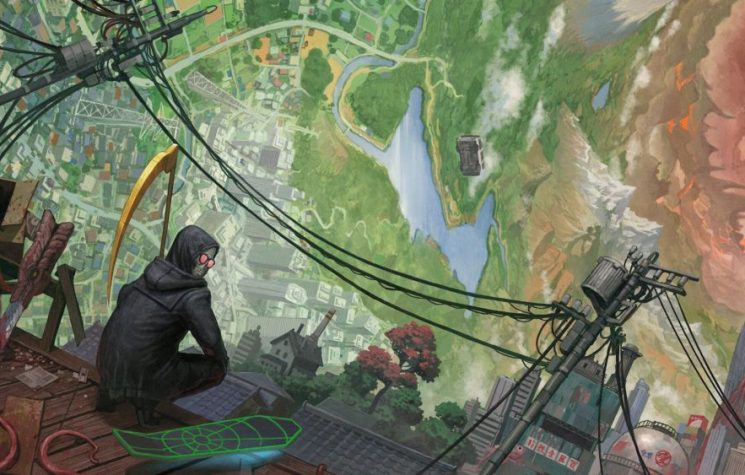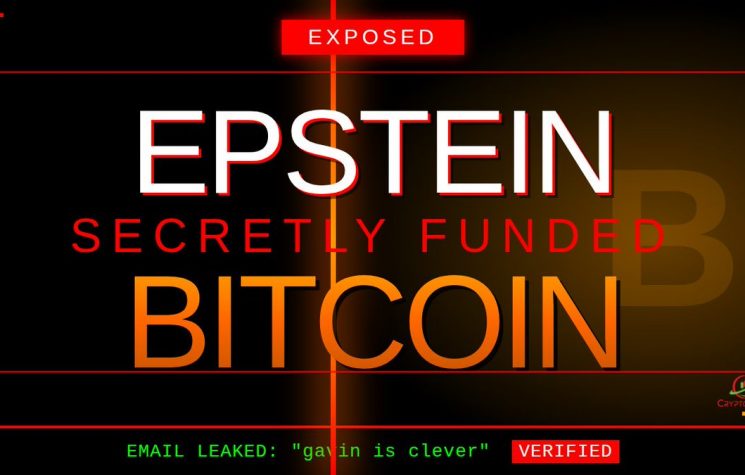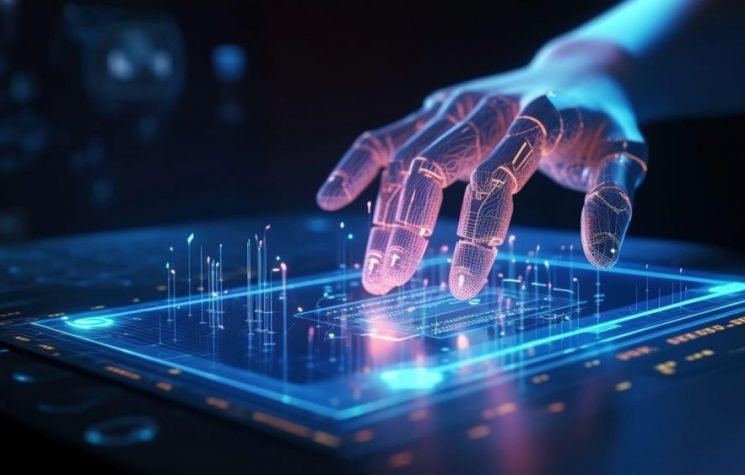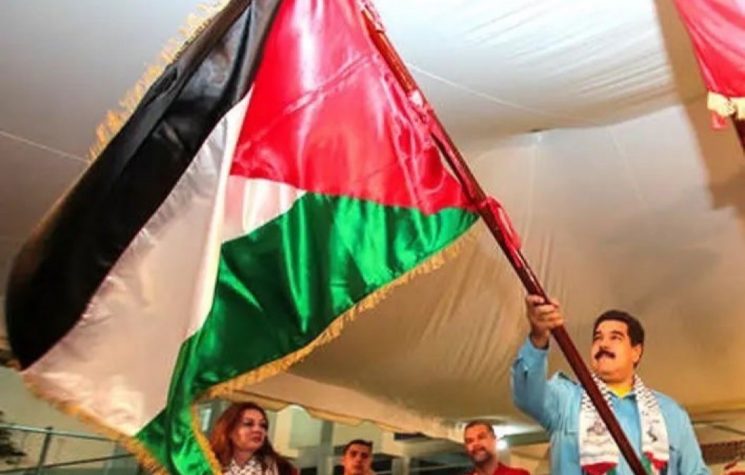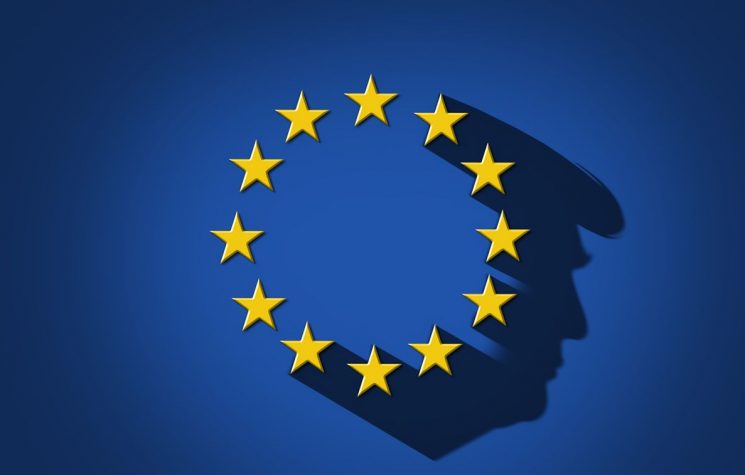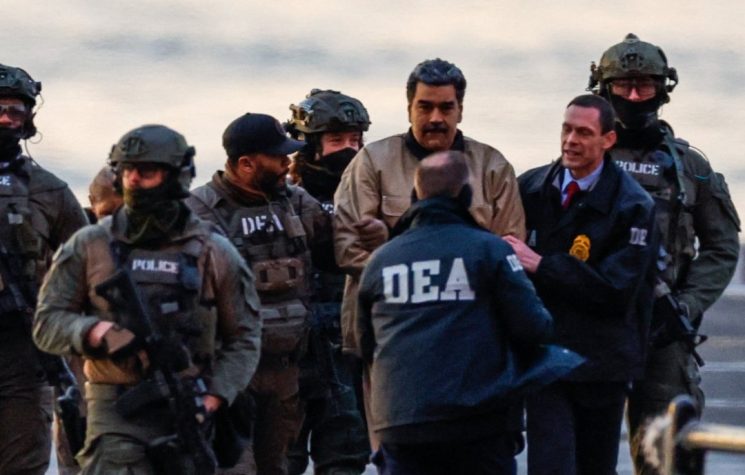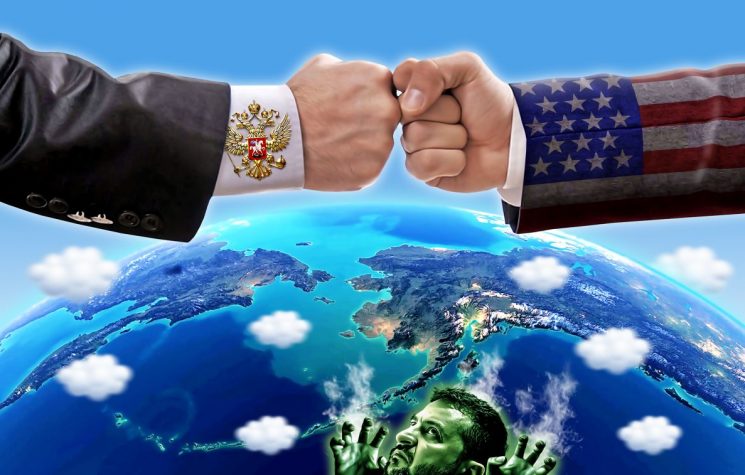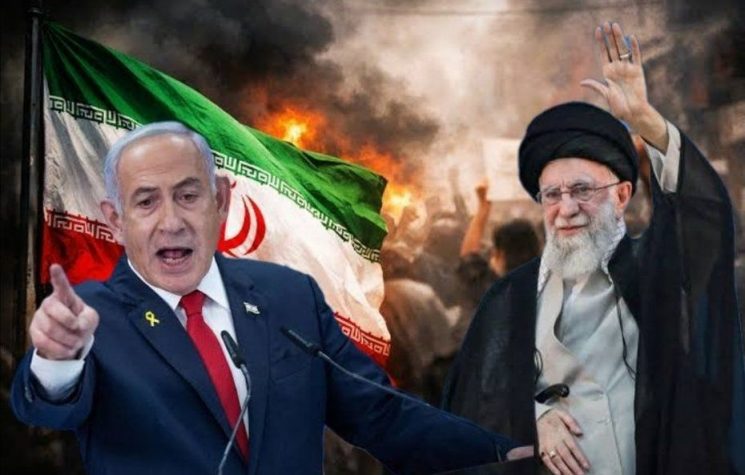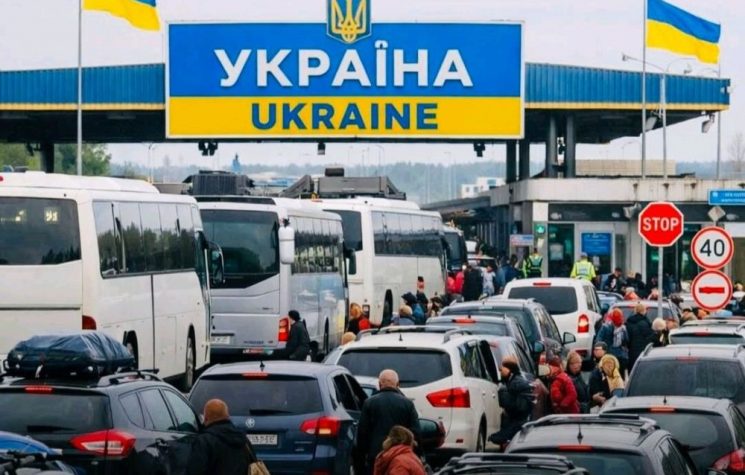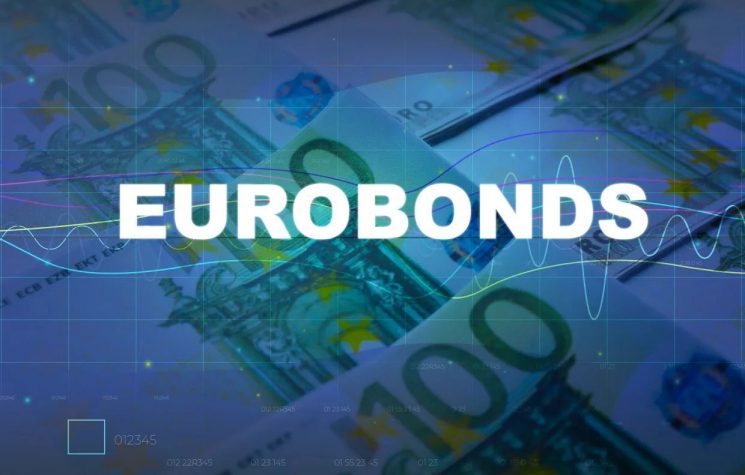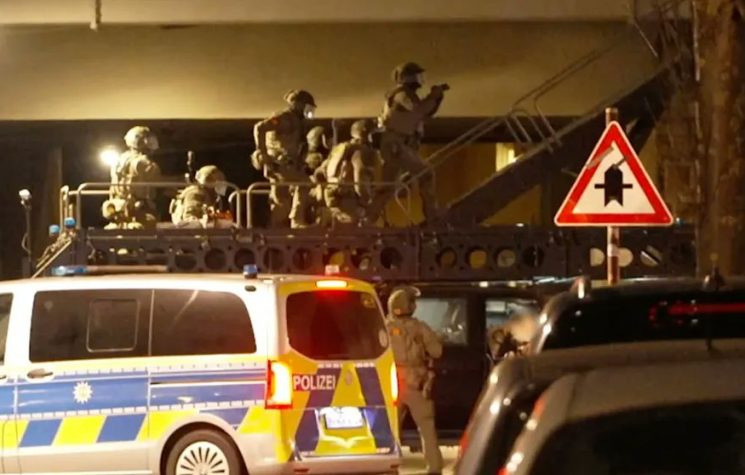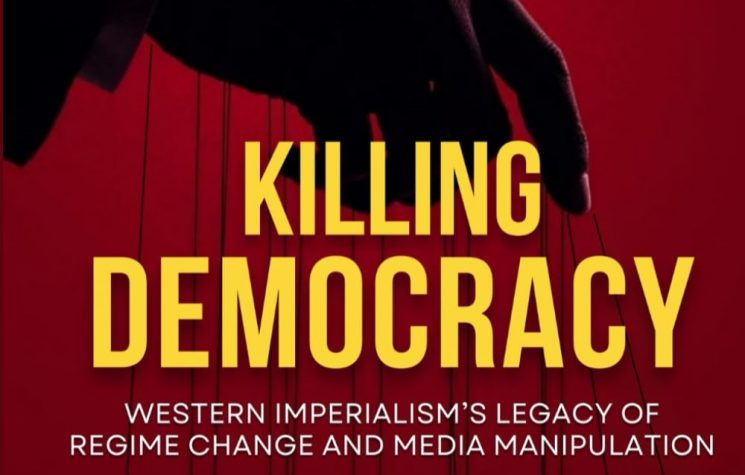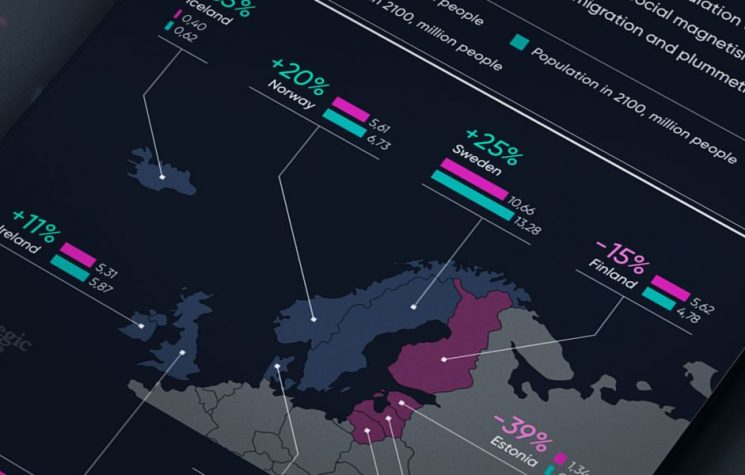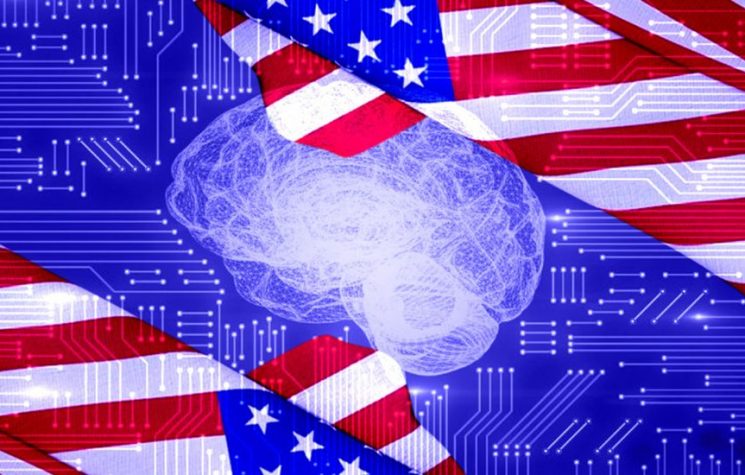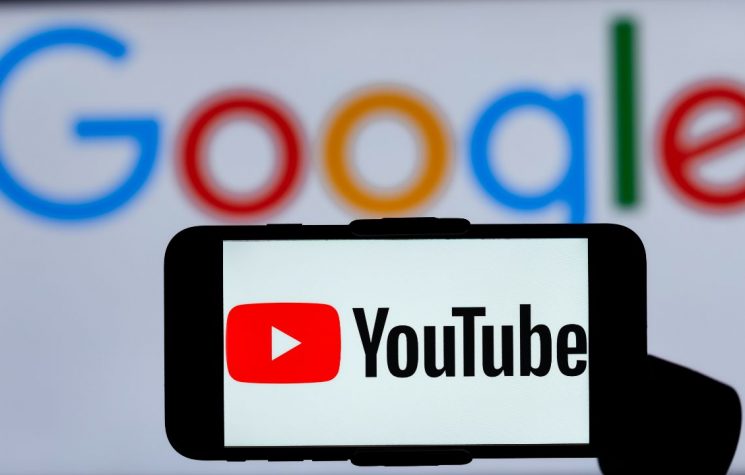The USA, which developed all possible technologies that resulted in GNU/Linux, is also in the hands of Microsoft. How is such a thing possible?
Contact us: info@strategic-culture.su
Microsoft’s most recent failure has brought to light, once again, the difference between computer security in the liberal world and that of former communist countries. Countries that depended on Windows had troubles; countries that had their own operating system based on GNU/Linux had no troubles. Those who know the history of operating systems will not fail to smile at this irony; after all, “Linux” is an American invention that helps the sovereignty of strong national states.
This is not so obvious because, if you Google “Linux”, you will discover that it is the invention of Finn citizen of Swedish ethnicity, called Linus Torvalds, who spent most of his life in Finland and invented the kernel Linux there, in 1991. But it turns out that what is commonly known as Linux is, in fact, an operating system based on GNU, which a collective creation led by the almost anarchist programmer Richard Stallman, an ethnic Jew from New York.
Let’s see: when someone says “So-and-So uses Linux”, they never mean that So-and-So uses a cell phone with the Android operating system. However, this is true because Android is an operating system that uses the Linux kernel. Every operating system needs a kernel that links software to hardware. What Linus Torvalds invented was a kernel, not a complete operating system. And in the U.S., Stallman and his partners managed to make an almost complete operating system, lacking only the core.
When Stallman was young, IBM, a private company, made the hardware and software. This means that the system code was a trade secret and an intellectual property. What Stallman wanted was to do reverse engineering in order to create free software, that is, software that could never be secret or patented. This was especially important and attractive to students, but it has its obvious security implications: how do you use a closed-source computer that is updated remotely by the software owner?
At the time, there were a lot of private operating systems. Stallman hated IBM’s language and chose the Unix system, which used the C language, as he considered it the most convenient. Unix was originally created for the Bell System, the telecommunications company founded by Graham Bell.
Thus, Stallman founded the GNU Project in 1983 with the aim of creating free software. GNU stands for “GNU is Not Unix”, and has a gnu as a symbol. In 1991, Linus Torvalds submitted his kernel to the GNU license, which allows anyone to study, alter and use it as they wish, and the GNU operating system was ready to be installed on computers as an alternative to corporate operating systems. But since anyone can use it, Google uses it. That’s why Android and ChromeBook have Linux in their operating systems. The Chrome browser, so widely used, is freely developed: Google has a free browser called Chromium, anyone can study the code and improve it, and then Google takes the freely developed code and then closes it — hence the Chrome, which is proprietary software. Anyone who wants can download Chromium and test it.
Well: because it is free software, GNU allows programmers around the world to create operating systems based on it. Not every GNU needs to be Linux; after all, since 1991, other free kernels have been created. It is worth highlighting BSD, developed by the University of Berkeley, which is like a parallel GNU: it also used the C language and was based on Unix. Soon after Torvalds created the Linux kernel, the people at Berkeley open sourced them. Therefore, it is possible to use the FreeBSD kernel in some GNU operating systems made for Linux, such as Debian: there you have a free system. However, as GNU can be used by anyone, Apple even created a GNU that uses the Darwin core, which is theirs.
And among the many creations of operating systems, there are a series of state-owned ones, of which I highlight Red Star OS, from North Korea, Astra Linux, from Russia, Kylin, from China and Maya OS from India. Of the BRICS, Brazil and South Africa are the countries that have their public administration and large companies at the mercy of Microsoft.
But this is not an evil linked to poverty. On the contrary: the USA, which developed all possible technologies that resulted in GNU/Linux, is also in the hands of Microsoft. How is such a thing possible?










